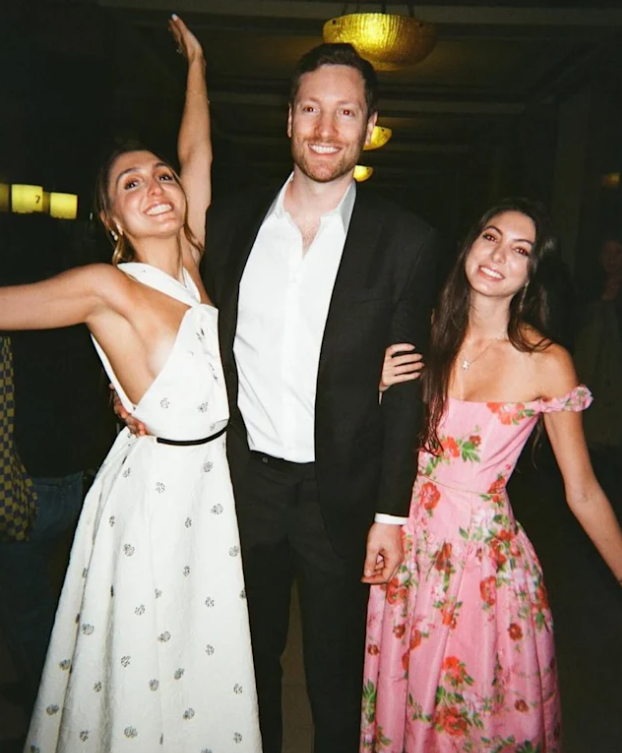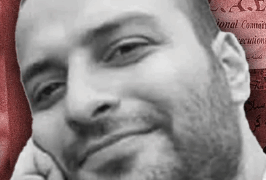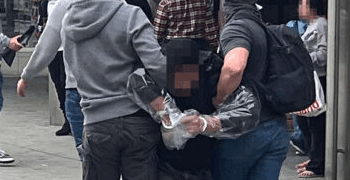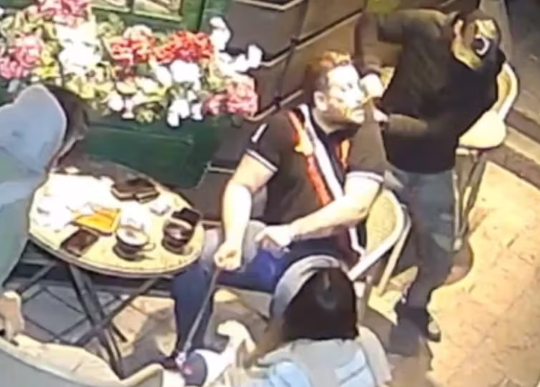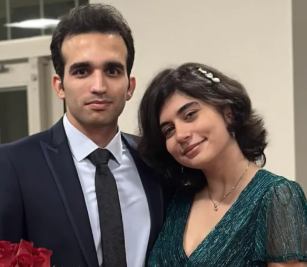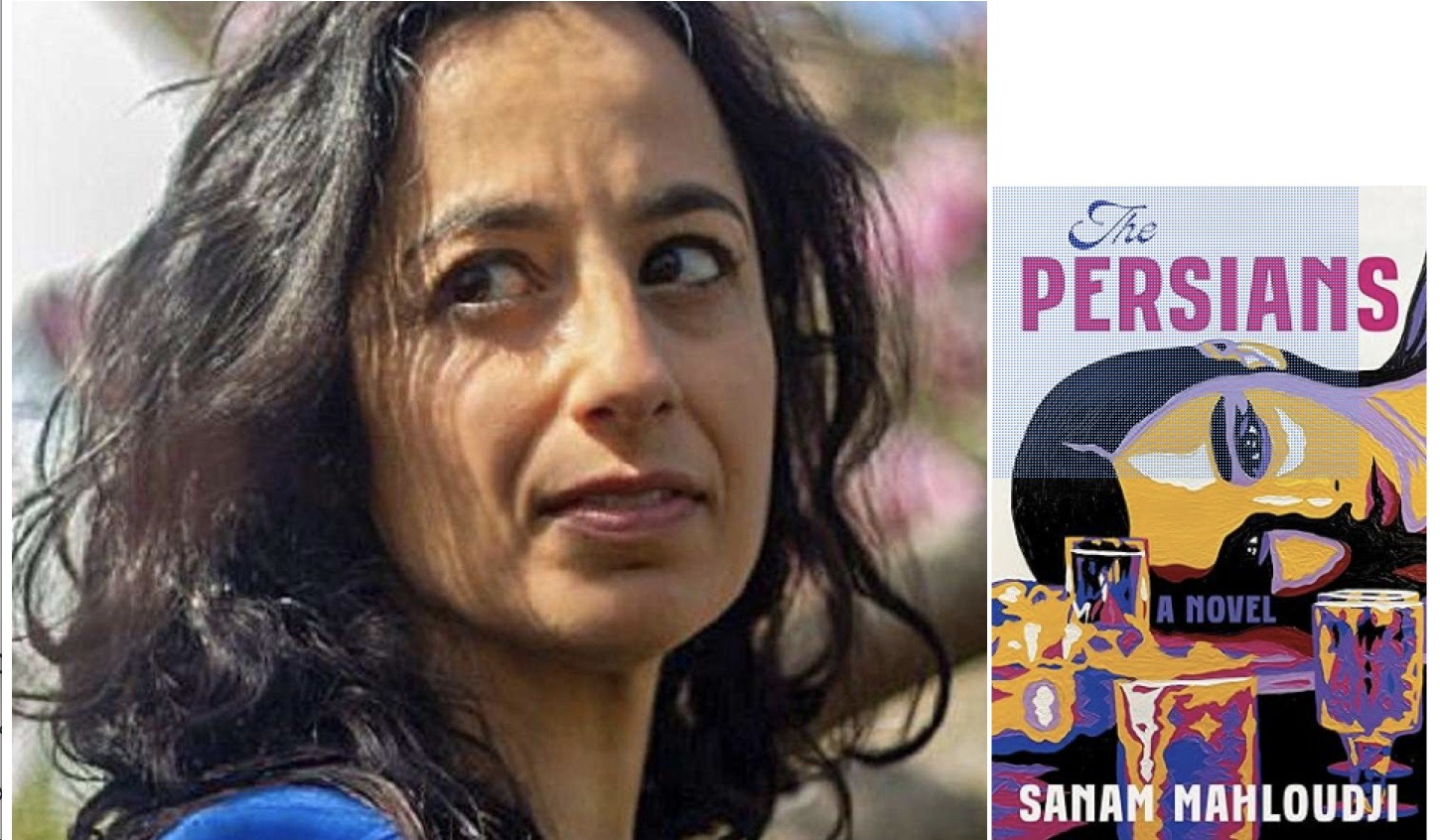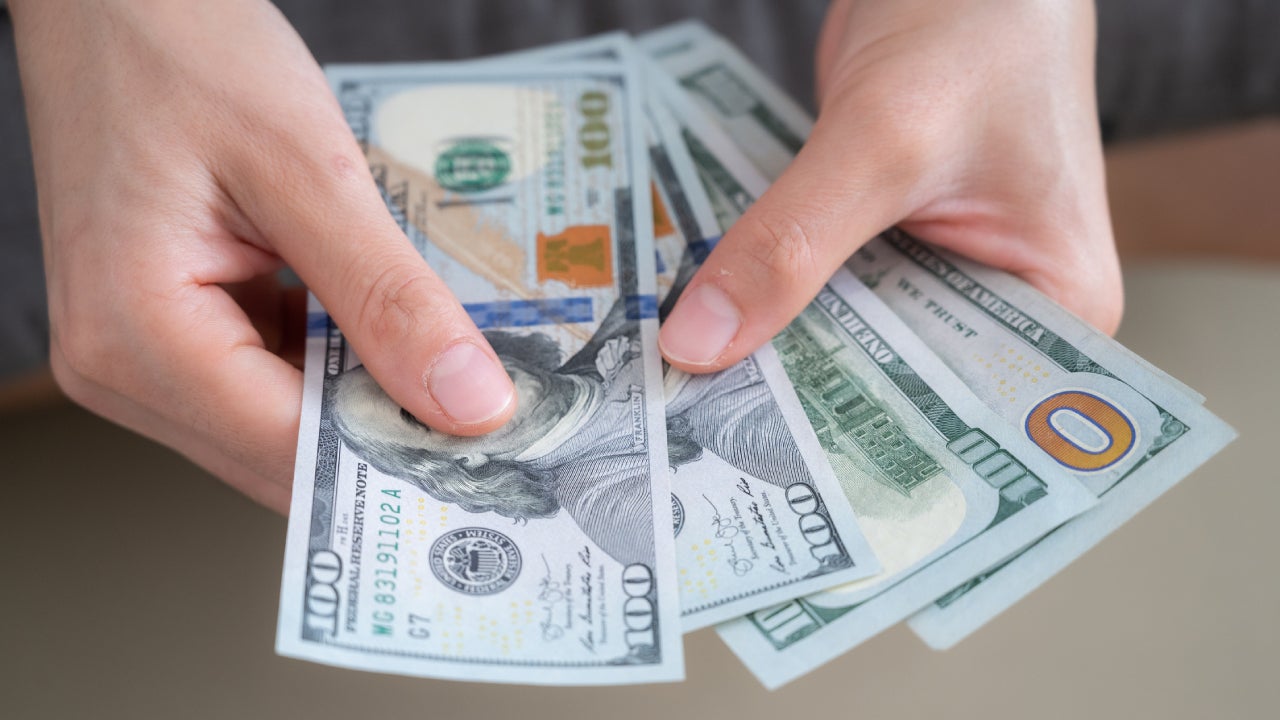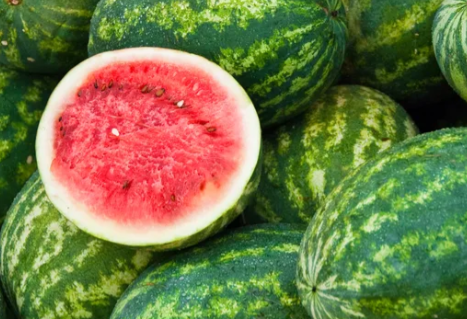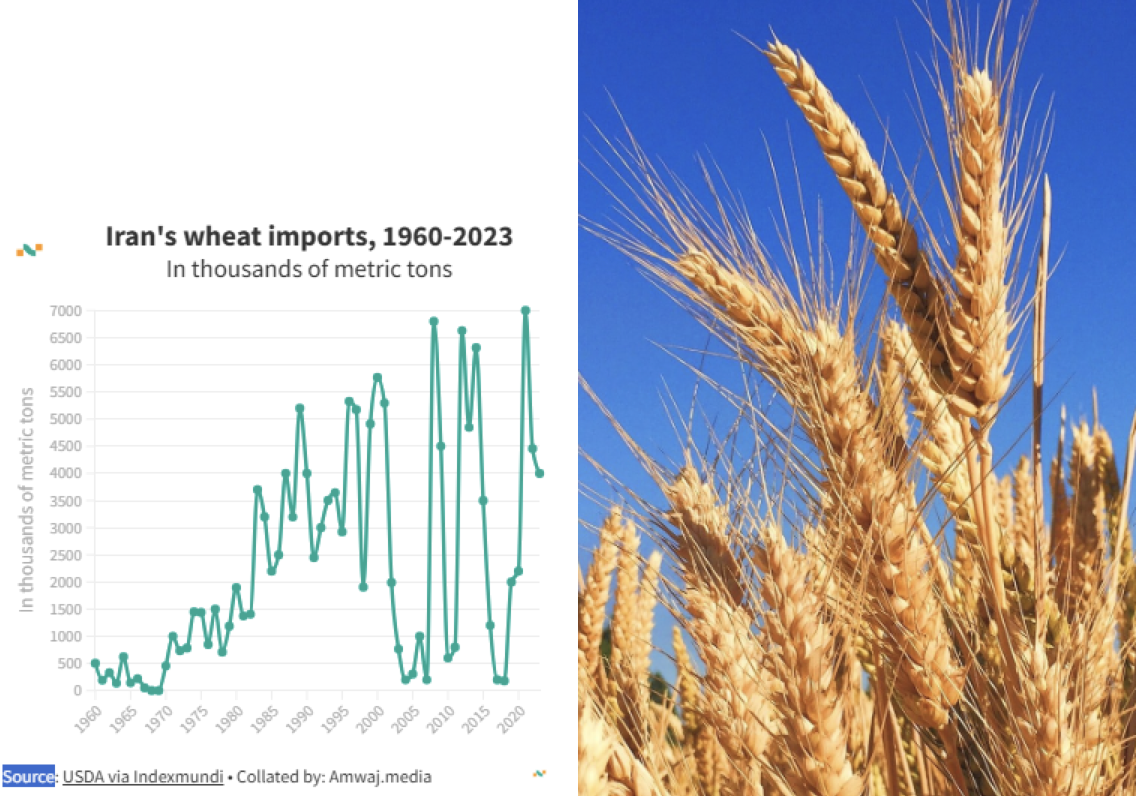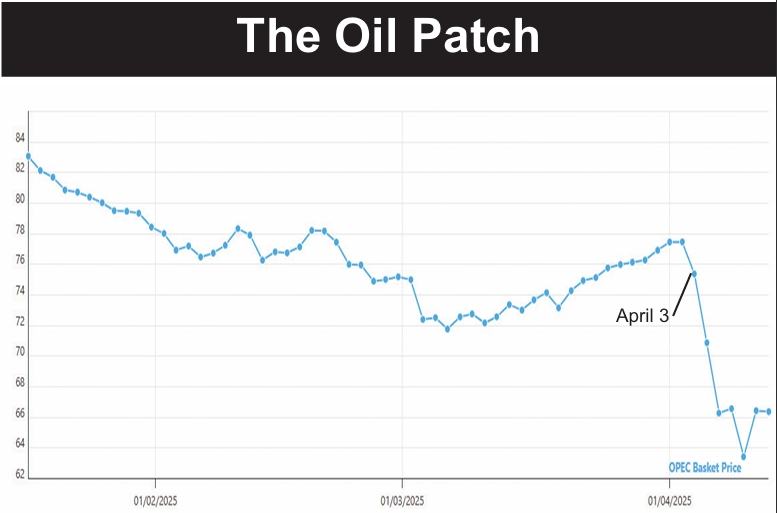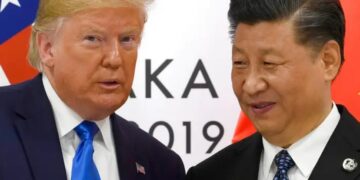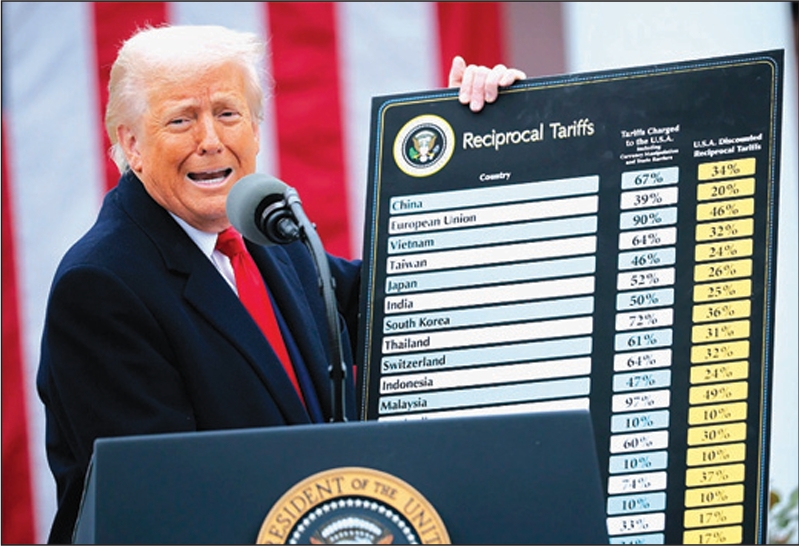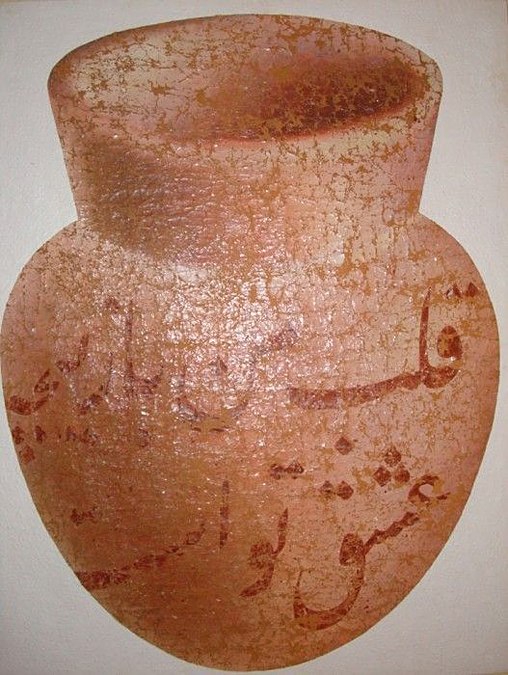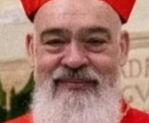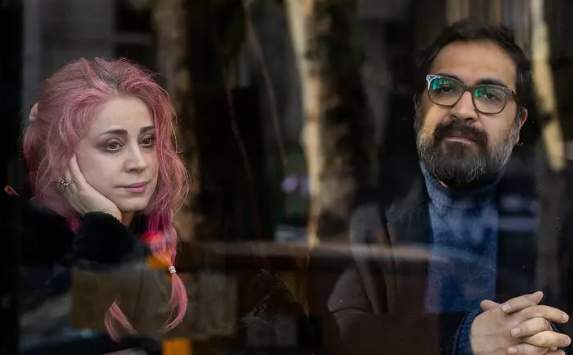Iranian art is pouring into New York City this fall and about to take it over like an invader from outer space. But a friendly invader.
Without any collusion or conspiracy, New York galleries have scheduled five different shows of contemporary Iranian art, including sculpture, calligraphy, painting and numerous other styles.
This all comes against a backdrop of sanctions, Syria and uranium enrichment. It may well be that the political tensions prompted planners at the five galleries to all look up from their newspapers one morning and say, “Hey, Iranian art might just be a big item this fall.”
The first show opened last week at the Asian Society, which launched “Iran Modern,” the first major show of modern Iranian art on US soil. The 100 paintings, photos and sculptures by 26 artists, on loan from public and private collections across the United States, Europe, and the Middle East, were created in the three decades leading up to the 1979 Islamic revolution, an era when Tehran was an open, cosmopolitan capital with its own Biennial.
“Against the backdrop of the current global political climate, exhibitions like ‘Iran Modern’ are essential to fostering a better understanding of Iran’s history,” Melissa Chiu, the Asia Society Museum Director, told Conde Nast’s Traveler.
The show traces the influence of classical Iranian art, folk tales, crafts, and politics in modern work and include artists such as Monir Shahroudy Farman-farmaian, a still-practicing octogenarian known for intricate mirror mosaics. Performances and symposia by contemporary curators and artists, including underground Tehran rock musicians, will be held during the exhibition run.
Post-revolution films by Iranian directors have found a broad international audience, but the plastic and visual arts are lesser known in the US. To introduce Americans to post-revolution Iranian art and the modern and contemporary art of the Middle East, Tehran’s Shirin Gallery is launching a New York outpost in Chelsea, 511 W. 25th St.
This second show, which opened last week, is titled “My Name is Not Rouge.” It is a group exhibit featuring modern interpretations of the art of the Persian miniature. The 15 artists include established Iranians such as Fereydoun Ave—who divides his time between Tehran, Paris and Dubai—as well as emerging talents.
Number three on the show list is Nicky Nodjoumi, a Kermanshah-born artist, whose pre-revolution paintings are part of the Art Asia exhibit, but who will also have a solo show of current work at the newly opened Taymour Grahne Gallery at 157 Hudson Street.
In “Chasing the Butterfly and Other Recent Paintings,” Nodjoumi, who was in his 30s during the revolution and has been based in New York since 1981, often depicts human figures engaged with bizarrely counter-poised animals as a way to explore his personal experience of alienation and dislocation while interjecting sharp political commentary.
The fourth show will run from September 7 to October 26 at the Thomas Erben Gallery, 526 W. 26th St. It will feature “Curriculum Mortis,” a one-man show by Tehran-based Barbad Golshiri. Born three years after the revolution, this multimedia artist explores the boundaries between politics, national duty and repression in a sculptural installation of a cemetery.
Fifth, but by no means last, is the Calligraffiti show at the Leila Heller Gallery, 568 W. 25th Street, a gallery renown for showing the works of Iranian artists, since Leila is Persian. Here you can see the works of Farhad Moshiri, the Los Angeles-based “father of Iranian pop art;” Pouran Jinchi, who deconstructs the Persian alphabet and traditional text in sculpture, glasswork, and prints; and Sherin Neshat, the filmmaker and photographer who superimposes calligraphy on the human figure.
All three Iranian-born artists have spent much of their careers living and working in the US. Their works are represented in international museum collections and are said to be particularly sought out by expat Iranian collectors living in Dubai.

